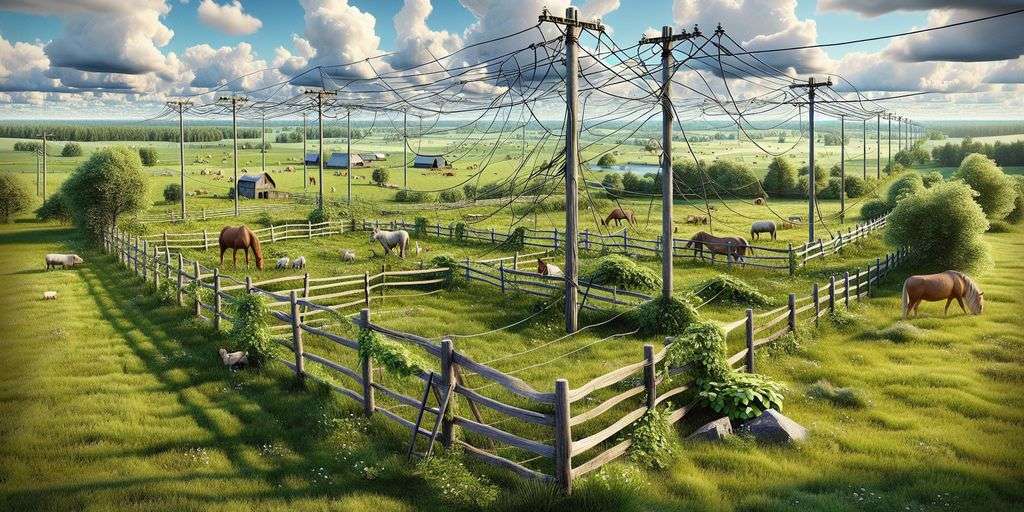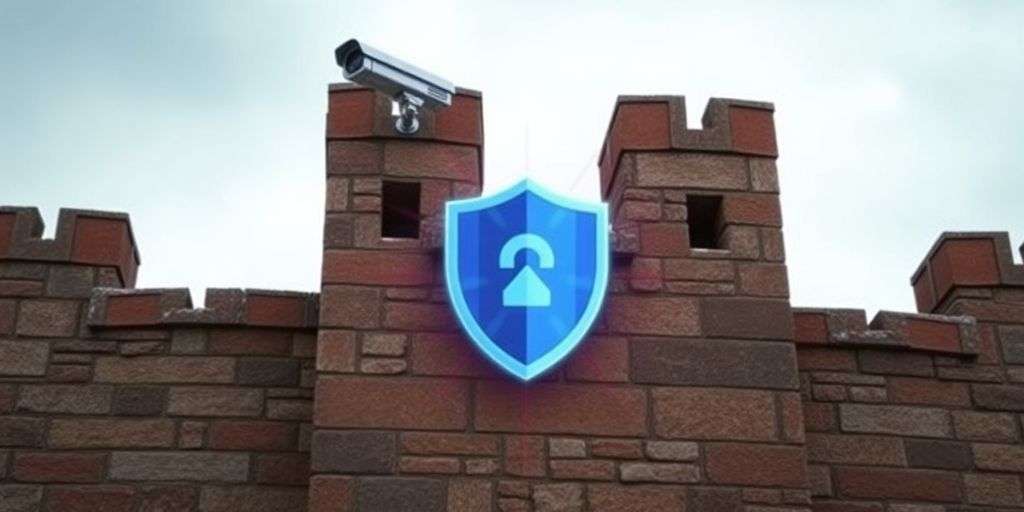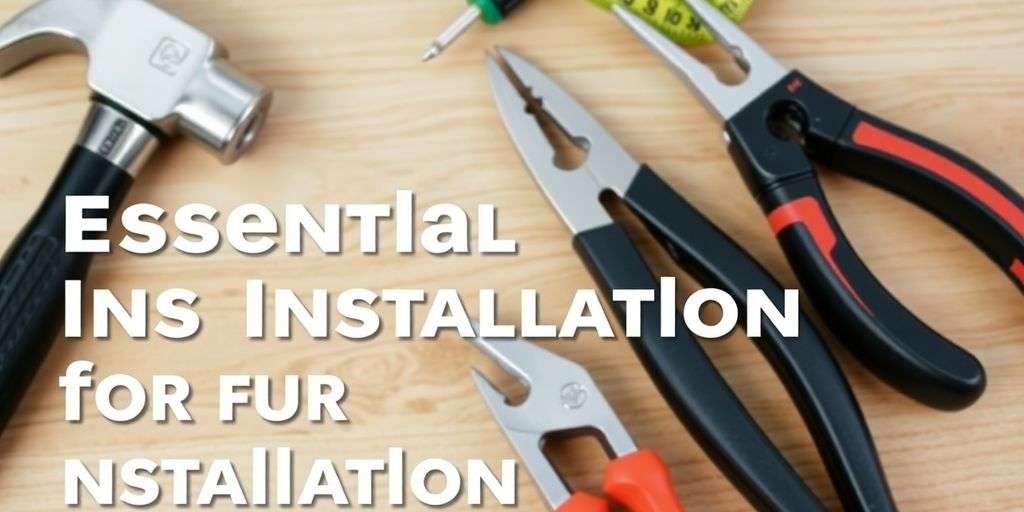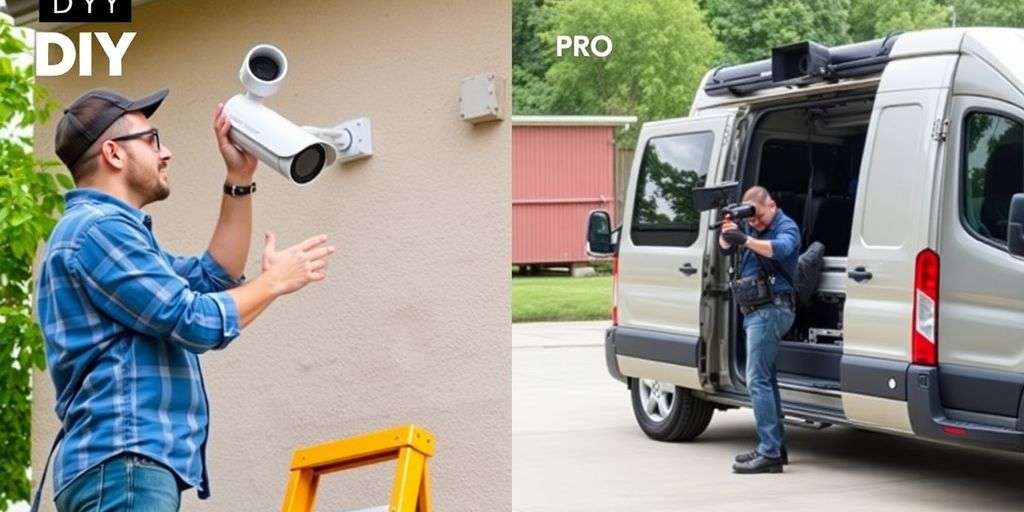Electric fences are a popular choice for property security and animal control, but they come with their own set of challenges and considerations. This article explores the major issues associated with electric fencing, including safety, legal aspects, performance optimisation, installation challenges, and environmental impacts.
Key Takeaways
- Understanding the legal and safety requirements is crucial to ensure compliance and prevent accidents.
- Regular maintenance and fault finding are essential to keep the electric fence functioning optimally.
- Evaluating the environmental impact and considering mitigation strategies can help minimise negative effects on local wildlife and ecosystems.
Safety and Legal Aspects of Electric Fencing
Understanding Legal Restrictions
When you decide to install an electric fence, it’s imperative to first familiarise yourself with the local laws and regulations. Failure to comply can lead to significant legal consequences. Ensure that your installation abides by these rules to avoid any legal complications.
Implementing Essential Safety Measures
Safety must be your top priority when dealing with electric fences. It is essential to install adequate warning signs to alert both visitors and passersby of the fence’s presence. Regular maintenance and inspections are crucial to ensure the fence operates safely and effectively. Remember, a well-maintained fence is a safe fence.
Navigating Liability Issues
In the event of an accident associated with your electric fence, you could be held liable. To minimise this risk, ensure that all safety protocols are strictly followed and documented. Additionally, consider obtaining liability insurance to protect yourself financially. This step is not just prudent; it’s a necessity for your peace of mind and financial security.
Optimising Electric Fence Performance
Regular Maintenance and Inspections
To ensure your electric fence operates at peak efficiency, regular maintenance and inspections are crucial. Check for any signs of wear or damage, and make sure all components are functioning properly. This not only enhances the fence’s effectiveness but also extends its lifespan.
Fault Finding and Troubleshooting
When issues arise, prompt fault finding and troubleshooting can save you both time and money. Look for common problems such as voltage drops or breaks in the fence line. Addressing these issues quickly prevents larger complications down the road.
Enhancing Security Features
To further secure your premises, consider enhancing your electric fence with additional security features. Integrating surveillance systems or alarm notifications can deter intruders and provide real-time security updates. This proactive approach ensures that your property remains well-protected at all times.
Installation Challenges and Considerations
Site and Purpose Analysis
Before you begin the installation of an electric fence, it’s crucial to thoroughly analyse the site and determine the specific purpose of the fence. This step ensures that the chosen solution is tailored to the unique needs of the area, whether for livestock containment, security, or wildlife control. Consider factors such as topography, soil type, and the presence of water bodies, which can influence the effectiveness and design of your fence.
Selecting Appropriate Materials
Choosing the right materials is essential for the durability and functionality of your electric fence. Opt for high-quality conductors, insulators, and posts that can withstand local weather conditions and potential physical stress. The longevity of your fence significantly depends on the quality of materials used.
Power Source and Energizer Setup
The choice of power source and the setup of the energizer are critical to the performance of your electric fence. Solar, battery, or mains power options are available, each with its own advantages and considerations. Ensure that the energizer is adequately powerful to maintain a consistent voltage along the fence line, even in challenging environmental conditions. Proper grounding techniques are also vital to prevent system failure and ensure safety.
The Environmental Impact of Electric Fences
Effects on Local Wildlife
Electric fences are designed to control the movement of animals without causing harm, thus promoting biodiversity by preventing overgrazing and crop damage. However, it’s crucial to ensure that the voltage levels are appropriate to avoid distress or injury to wildlife. Regular monitoring and adjustments may be necessary to maintain a balance between human needs and wildlife welfare.
Long-term Ecological Concerns
While electric fences have a minimal physical footprint, their long-term ecological impacts are not fully understood. Potential concerns include the effects on soil conductivity and local flora. Research into more sustainable materials and technologies is ongoing to mitigate any adverse effects.
Mitigation Strategies
To reduce the environmental impact of your electric fence, consider the following strategies:
- Use solar-powered energizers to decrease reliance on non-renewable energy sources.
- Implement fencing designs that allow for wildlife corridors and migration paths.
- Regularly inspect and maintain your fence to ensure it functions efficiently without excessive energy use.
Conclusion
In conclusion, electric fences serve as a robust solution for property security and animal control. However, they come with their own set of challenges that require careful consideration and regular maintenance. From understanding the scientific implications to adhering to safety and legal standards, it is imperative that users are well-informed and vigilant. The effectiveness of an electric fence largely depends on proper installation, routine checks, and swift troubleshooting. By addressing these major issues, property owners can ensure that their electric fences function optimally and safely, providing peace of mind and security.
Frequently Asked Questions
What are the legal requirements for installing an electric fence?
Installing an electric fence requires adherence to specific legal standards which can vary by location. It’s essential to consult local regulations and possibly obtain permits to ensure compliance with safety and zoning laws.
How often should an electric fence be inspected and maintained?
Regular inspections and maintenance are crucial for ensuring the optimal performance and safety of an electric fence. It’s recommended to conduct checks at least bi-annually, with more frequent inspections in areas with high environmental wear or wildlife activity.
What are the common issues faced with electric fences and how can they be troubleshooted?
Common issues include power supply problems, broken wires, and grounding issues. Troubleshooting typically involves checking the voltage levels, inspecting the fence line for physical damages, and ensuring the grounding system is properly installed and functioning.





